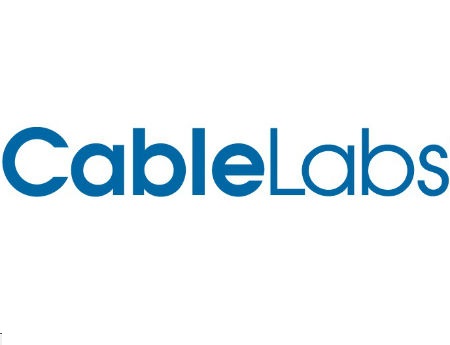CableLabs: DOCSIS 3.1 Upstream Booster on Fast Track

“Full Duplex” technology that will help cable operators deliver symmetrical speeds on HFC networks using DOCSIS 3.1 is in the feasibility phase, but on a fast track to expand and enhance those specifications.
“DOCSIS 3.1 represented a pretty huge change in technology, where this [Full Duplex] is really more of an enhancement to it,” Dan Rice, CableLabs’s senior vice president of R&D, said. “But I think it’s something that could be done very quickly.
CableLabs shed some light on that project earlier this month, announcing details about a new Full Duplex approach would enable operators to deliver symmetrical multi-gigabit speeds on DOCSIS 3.1, a spec that was originally created to support up to 10 Gbps downstream and at least 1 Gbps in the upstream.
Rice stressed that CableLabs is still the “innovation phase” as it looks to prove out the capabilities of the Full Duplex approach, and therefore is not yet ready to say when any formal enhancements to the D3.1 specs will be published. But CableLabs expects to have a better fix on that timing by mid-2016.
“Once we finish the feasibility and the next phase of our work, we will transition this into an R&D project,” Belel Hamzeh, vice president of wireless R&D at CableLabs, explained. “At that point, we will decide how we will evolve it as part of this spec.”
However, Full Duplex will “definitely ben an extension of DOCSIS 3.1,” and not a completely new specification, he added.
Still, CableLabs does believe that some hardware additions will be required to enable the Full Duplex capability.
The smarter way to stay on top of the multichannel video marketplace. Sign up below.
For example, the approach calls for some key tech around self-interference cancellation. CableLabs hasn’t sorted out how that technology will be packaged into D3.1 products. “Ultimately, I think it will be something that gets embedded inside the infrastructure,” Rice said, noting that DOCSIS 3.1 silicon will also continue to ride the benefits of Moore’s Law
But a big benefit to this Full Duplex initiative is the agility it will give MSOs with respect to how they use and manage their spectrum.
In North American DOCSIS systems, cable’s upstream is typically limited to a relatively thin slice of bandwidth (5 MHz to 42 MHz) that’s typically referred to as a “low-split.” To beef up the upstream, MSOs have been considering a mid-split that would raise the ceiling to 85 MHz, or a high-split that would push it to 200 MHz.
Under the Full-Duplex approach, MSOs could avoid that tricky operational proposition.
“The key is, we're sort of getting rid of splits,” Rice said. “What this [Full Duplex] enables you to do is not have a split, and run the upstream as high as you need it to go. That’s really the key win here."
“It would be up to an MSO to decide how to do that,” Hamzeh added.
As it noted when announcing the project, Full Duplex DOCSIS 3.1 will be optimized for “passive” HFC networks that are entering the fold as MSOs to push fiber deeper and continue to eliminate the number of amplifiers present between the node and the home.
Deploying Full Duplex on passive HFC will become a much easier endeavor for MSOs than it would if they had to manage plant outfitted with a string of amplifiers and filters between the node and the home , CableLabs claims.
“Right now, it’s targeted to passive HFC because it’s where you’ll get the biggest bang for the buck,” Rice said.
